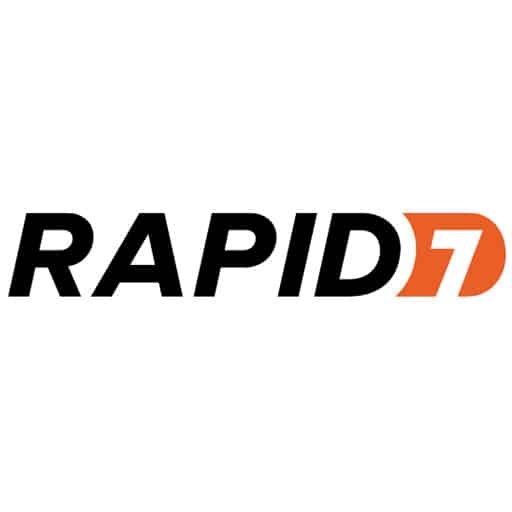Introduction
Cybersecurity, as we know it, could be facing an extinction-level event—one that will reshape and rebuild the entire industry. Innovations like AI are already transforming threat landscapes and defences, while quantum computing looms as a seismic shift just over the horizon. Even now, organisations are being pushed to adapt, with drastically reduced certificate lifespans (47 days to be exact) forcing changes to the way trust is managed at the infrastructure level.
When 47-day certificates and quantum arrive, they will impact every aspec Let us know if there’s anything we can do to support with logging in. t of the world that we’ve connected to the internet. With more than 75 billion connected IoT devices and vast volumes of sensitive data circulating globally, organisations are facing off against an urgent reality. The risks are real, escalating, and have the potential to irreparably disrupt businesses.
Organisations that are taking a “wait and see” approach will be in for a rude awakening.
A Wake-up Call For Us All
The starting gun has been fired. The CA/Browser Forum, the global authority responsible for setting standards around public web PKI certificates, has mandated the shortening of public TLS certificate lifespan. Beginning in 2026, the maximum allowable lifetime of a TLS certificate will be steadily reduced. Currently set at 398 days, certificate lifespans will shorten to 200 days in 2026, then 100 days in 2027, and finally just 47 days by March 2029.
This change represents a massive inflection point for the industry, kicking off a fundamental shift in how organisations think about and manage digital security. It’s a wake-up call that traditional ‘set-and-forget’ methods of managing trust and certificates in the digital world are quickly becoming outdated.
Shorter certificate lifetimes ensure that digital identity is verified actively and protect businesses from cyberattacks that are only becoming increasingly frequent. At the same time, they are a call to action for businesses and organisations to modernise their digital trust and adopt management strategies that build the kind of agility that is essential to thrive in a fast moving and dynamic business environment.
A Future That Demands Agility
These changes in TLS certificate lifecycles might seem like a routine policy shift, but they’re laying essential groundwork for a quantum-secure future. Shorter lifespans require organisations to automate certificate management and build agility into their cryptographic infrastructure—two capabilities that are also critical for transitioning to post-quantum cryptography. In effect, this shift kills two birds with one stone: it strengthens today’s security posture while forcing the modernization needed to quickly adapt when quantum-safe algorithms become the new standard.
What does this mean in practice? It means that manual processes for certificate renewal will not be feasible under these new lifecycles. Managing thousands of certificates every few weeks manually will undoubtably lead to errors, outages, and increased risk, encouraging businesses to consider new digital trust management solutions like automation. Developing robust certificate lifecycle management solutions ensures that businesses are able renew certificates seamlessly, without disruption, and with the confidence that they are protected.
Getting Ahead of the Curve – Now
The message is clear. Shorter certificate lifespans are not just a security update. They are setting the groundwork for a new business norm.
The organisations that start planning now will not only avoid being caught out by shorter lifecycles but will also be better positioned to navigate the transition to post quantum security standards. What is fortunate is that the CA/Browser forum has communicated a clear and predictable timeline through which businesses and organisations can plan for their transition.
For businesses that are trying to wrap their head around these changes, there are a myriad resources available to aid your organisations transformation. DigiCert has recently released an e-book titled “Post-Quantum Cryptography for Dummies” which you can download for free on our website.
Modernising digital trust won’t happen overnight. It can be a multi-year process with its own set of challenges, and there are a few actions that organisations can take today to prepare for what is to come.
- Understand your operational security posture, your certificates, and your potential vulnerabilities
- Classify your infrastructure by risk profile
- Centralise your digital trust management solutions
Now is the time to start. Early action means future readiness. In this digital age, that is not a luxury. It is a necessity.





